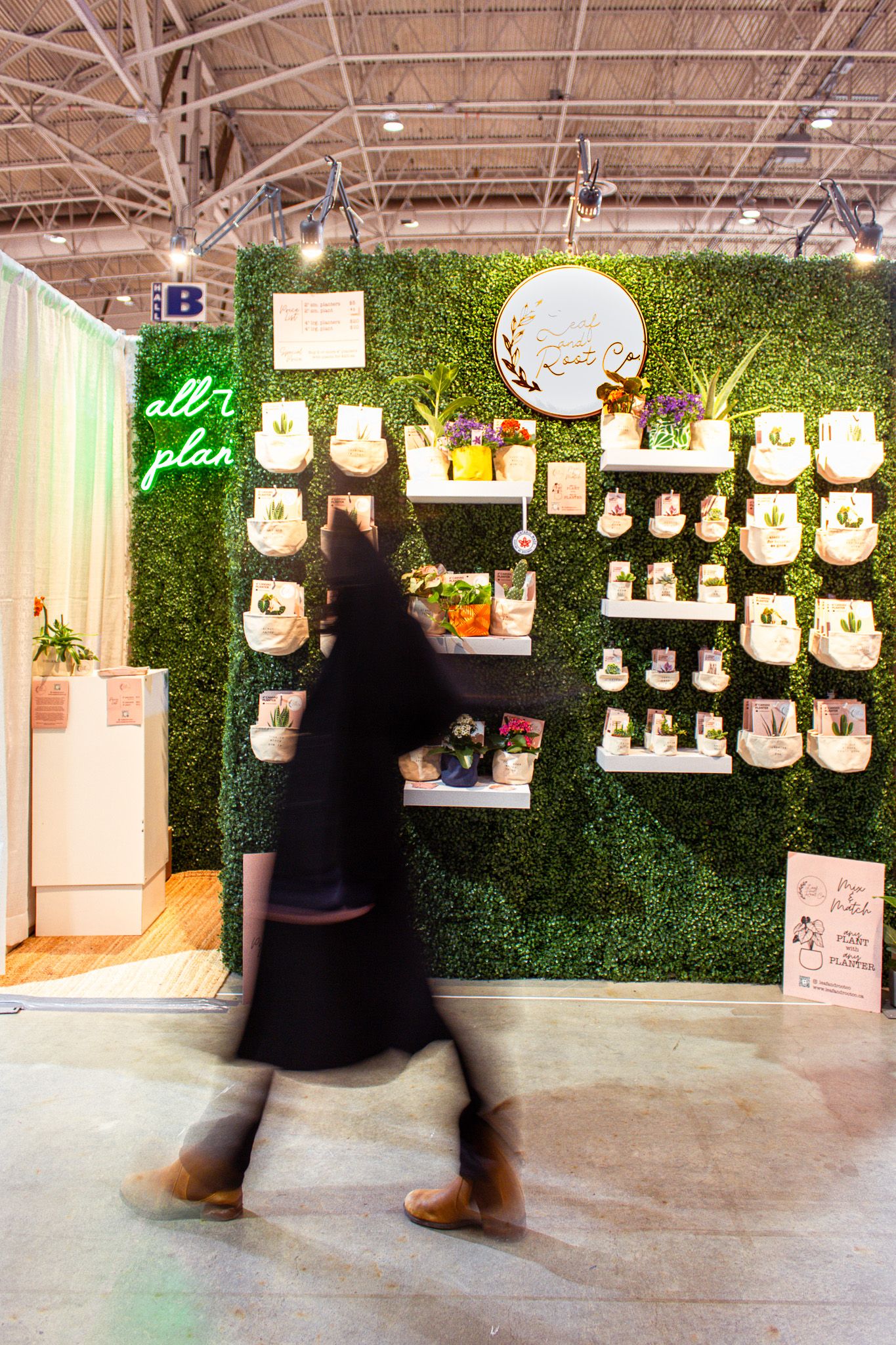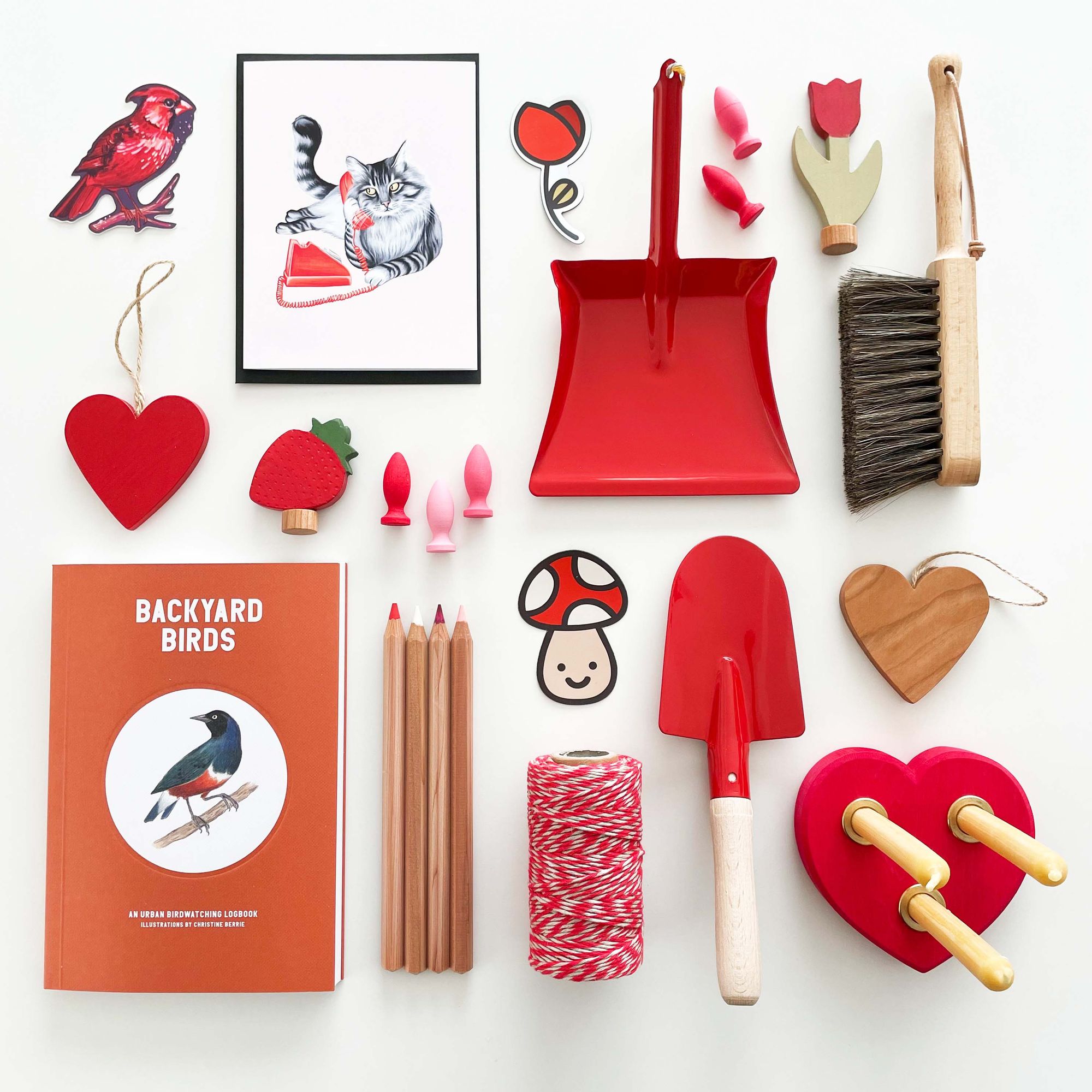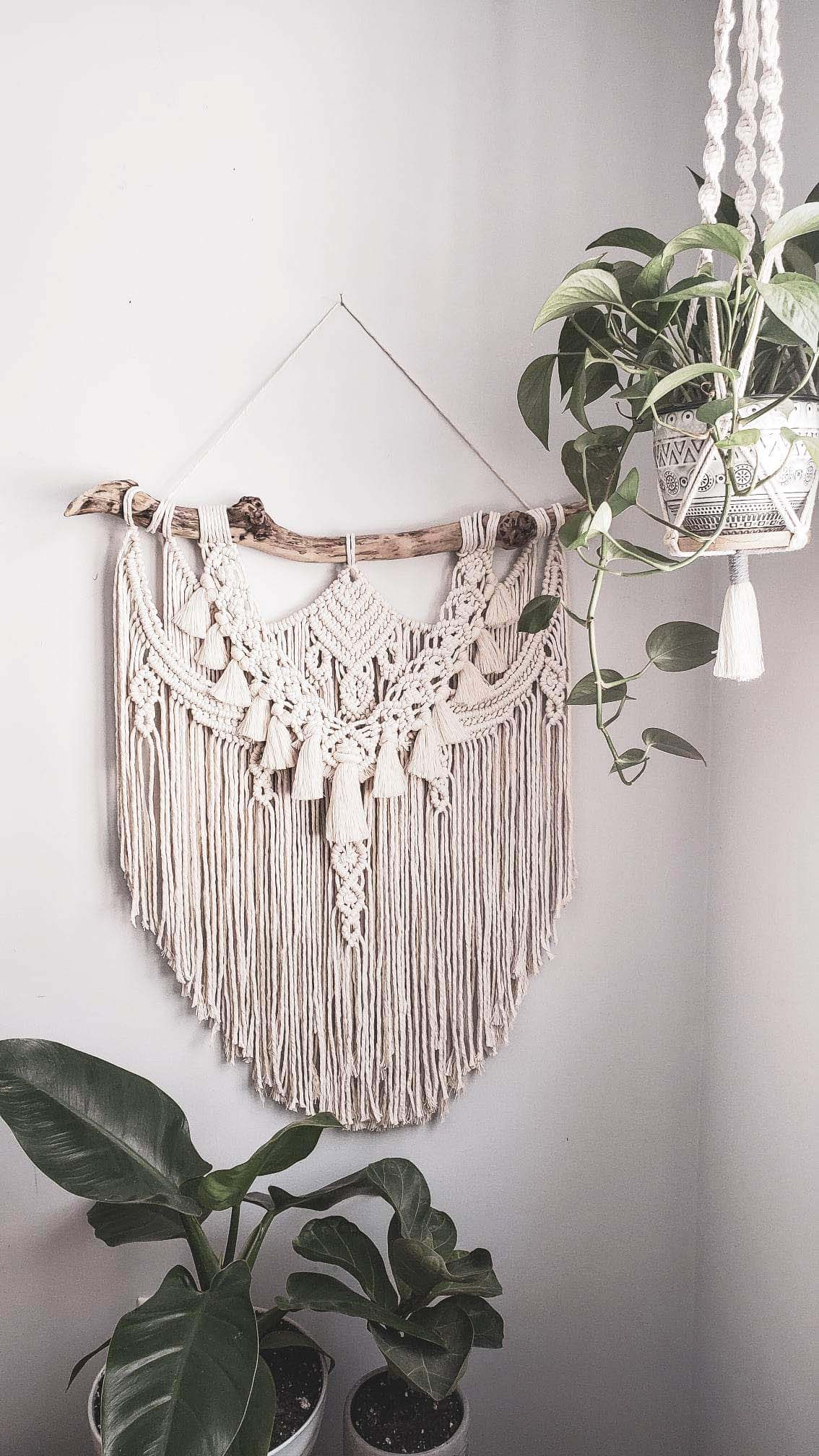Online marketing doesn’t have to mean creating tons of videos for the algorithm or paying the big platforms to get your products in front of eyeballs. One of the most important aspects of your virtual business presence is your website, and one way to make your website bring in more visitors — then convert them into shoppers — is a blog. Ready to learn more? Here are the basics you need for your blogging journey.
What is a blog?
A blog is simply a website, or a portion of a website, that gets updated regularly with new individual posts that are time-stamped.
Blogs, a.k.a. web logs, were revolutionary at the time they were created. This was way back in the ’90s, when most websites were seen as static. Blogging software like Blogger, LiveJournal and WordPress gave people a way to easily write and publish frequent updates. Now, they’re ubiquitous, and of extremely varying quality. They’re also a very convenient way to communicate with customers about your products.
While they don’t have to be personal, blogs often are — and in the handmade business, that’s a good thing. Showing the face behind your brand can be a good way to build connections with customers, making them more eager to support you.
Should I write a blog or a newsletter?
Blogs seem so old-school, right? And email newsletters are all the rage nowadays.
Luckily, you don’t have to choose. You can use the same content for both. How you do it depends on your website and email platforms. You can either send the full blog post in the email, or send an email that links to your blog post. You might even choose to keep some content exclusive to the newsletter
One benefit of blogging is to create content to use in your emails so that customers are more likely to sign up and stay subscribed. Even if they’re not ready to buy, they will still be getting value from being on your list.

Some reasons to blog
Why should you blog? Here are a few ways it could help your business:
1. Draw in new customers
Adding blog posts to your website can make it more likely to appear in search results for your craft, technique or product type. This means that when potential customers search Google, DuckDuckGo or other sites for information, they might find your blog posts and end up on your website. If this is your goal, it’s worth putting in some time researching search engine optimization (SEO). Luckily, we have a whole guide on SEO for you to follow.
2. Cultivate relationships and repeat customers
If you sell the kind of product people might buy again and again, it’s worth figuring out ways to keep engaging with your customers so you’re right there the next time they’re ready to buy. Blog posts are one way to keep them interested in your process, expertise or product line.
3. Create content for social media
Blog posts can be an important part of your social media strategy. For example, you might create blog posts on the different types of products you make — with gorgeous photos, of course — and use those to target specific searches on Pinterest.
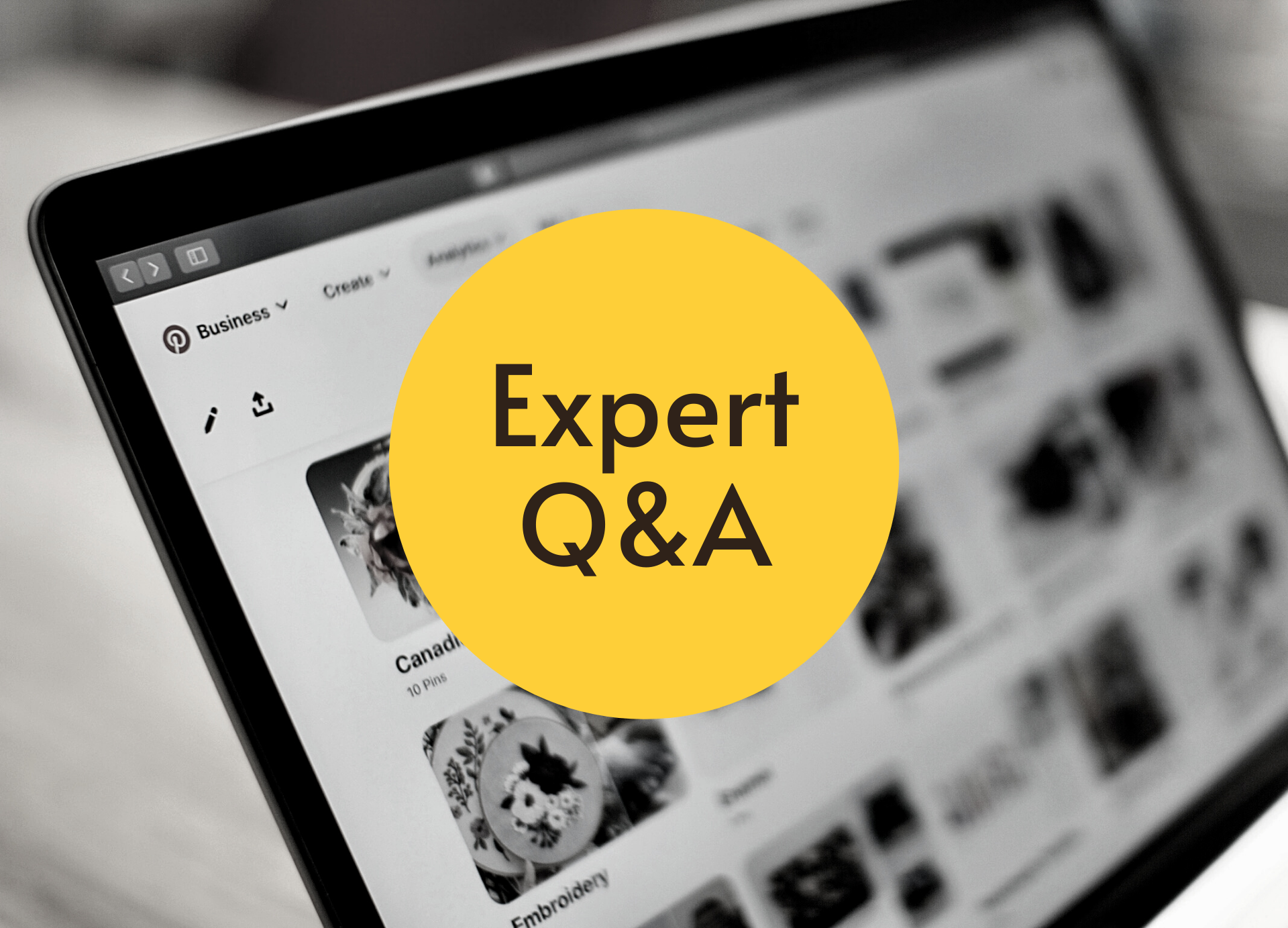
4. Convince people to buy
Everyone likes a good product — but everyone loves a good story. A blog is your opportunity to tell the story of your wares and explain to potential customers why they should buy. This is especially useful if you’re selling items at a higher price point. Blog posts that showcase process demonstrate the care, skill and effort that goes into creating handmade goods.
Some reasons not to blog
Blogging isn’t for everyone, so it’s important to think through the pros and cons before you start. Here are a few reasons you might want to skip blogging, at least for the time being:
1. You’re too busy
Be realistic — can you fit blogging into your regular schedule? If you have a lot going on and can’t even imagine adding blogging to the mix, it’s okay to skip it and focus on other marketing efforts. (Though, that doesn’t mean you shouldn’t eventually be blogging. It’s a good idea to review your marketing periodically and make sure you’re doing the right things for your business.)
2. You hate writing
Writing isn’t for everyone. Maybe TikTok videos are more your jam. If you know blogging will be absolutely not fun for you, then don’t set yourself up for the torture of writing regular blog posts. (However, you may want to consider an alternative option: photo essays are a completely valid kind of blog post, and maybe that would work better for you than writing whole paragraphs?)
3. You don’t have your own website
Part of the point of a blog is to build up the content on your website. If you don’t have your own website, you might not be ready for blogging. Consider setting up a website first. (Though, you can still build a habit of regular blogging even if you don’t have a website to post on yet. You can send your posts via email to start with, or save them up so when you do launch a website, you have content ready to go.)

How to get started with blogging
Ready to add blogging to your marketing mix? These questions and answers will help.
What should I blog about?
There are so many options for blog topics, but it’s common to feel like you have no ideas when the time comes to write. Instead of trying to find a new idea each time, it can be helpful to brainstorm a whole bunch of ideas all at once, so you have them ready when you need them.
One trick to avoid running out of blog ideas is to keep your topics fairly narrow. Don’t write one post about your entire process; write a few posts about different aspects of your process. (Or, do one that’s more general and some that go into detail.) Instead of writing about all the materials you use, focus on one item each time.
Here are a few topics you might choose to blog about:
- Process: how your products are made, either from start to finish or highlight one particular aspect, like firing ceramics or finishing a weaving.
- Materials: what supplies do you choose for your products, and why? For instance, do you pick a particular kind of bead because of the way it catches the light, or a specific wood because it’s more sustainable?
- Use: how can customers use your products? For example, do you like to style your jewellery a certain way, or is there a recommended method for washing your cushion covers?
- Gift guides: these can be useful around specific holidays or occasions. For instance, you might write a post about your gift boxes before Mother’s Day or Father’s Day.
- Helpful tips: if you make goods for children, for example, it can be useful to explain what ages they are appropriate for.
- How-tos: If you sell kits or other DIY materials, how-to posts are a must, both to help your customers and to attract future shoppers.
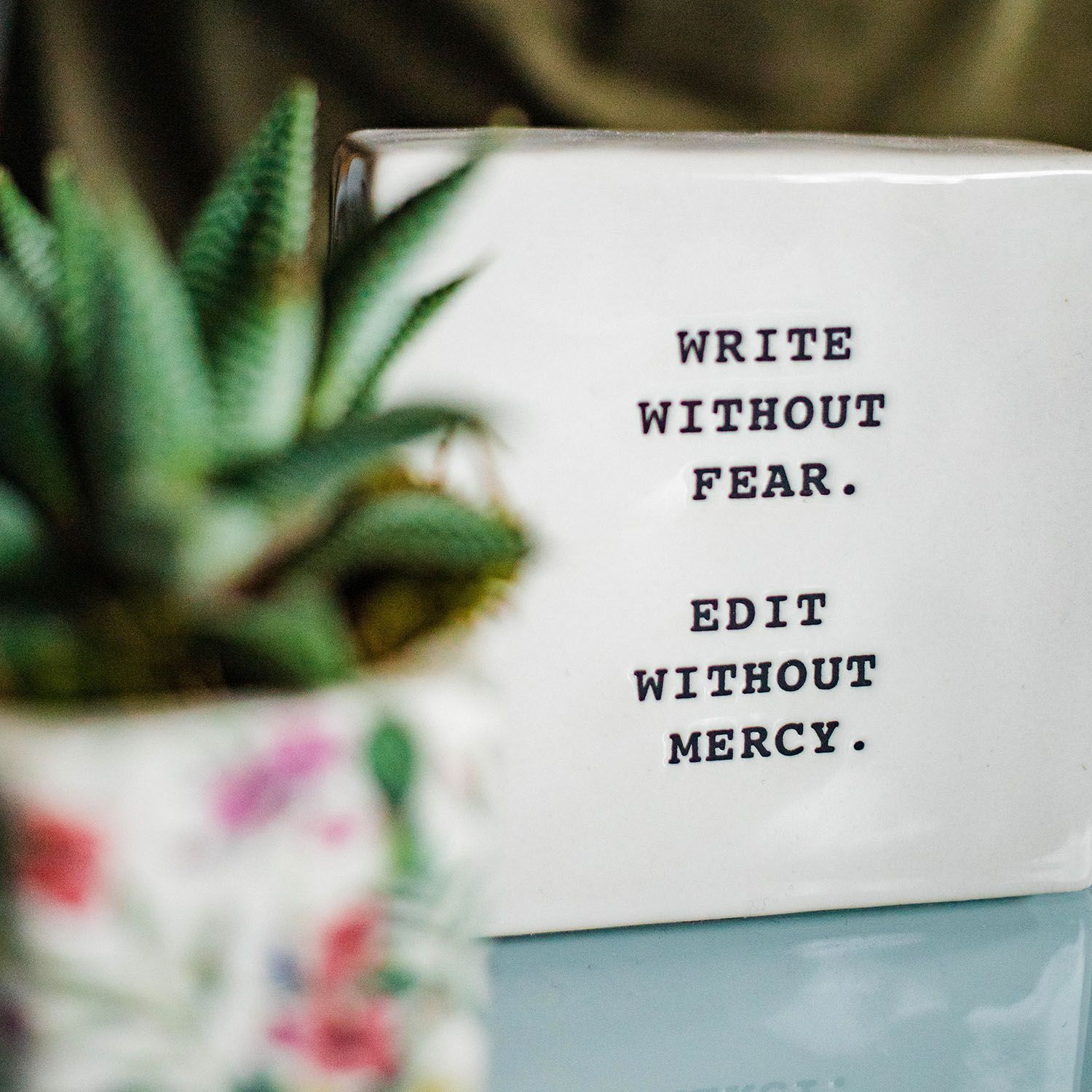
How often should I blog?
This is a hard question to answer, because it depends on your business and your capacity. It’s a good idea to start with a regular schedule that you can commit to. Once a month is a nice frequency to start with, or twice a month if you’re inspired. It’s probably better to blog less often, but regularly, than to blog in bursts but with long breaks.
How long should my blog posts be?
As long as they need to be to be interesting and informative, but not so long that people will trail off. Is that an answer?
But seriously, it’s hard to come up with a specific word count, because every topic is different and how many words you need will vary. That said, between 500 and 1,000 words is a good guideline to start with. The goal is for your reader to get to the end and feel like they’ve learned something, or been entertained or inspired.
Should I hire someone to help me blog?
Many businesses hire writers to do their blogging, and that’s a valid choice. If you do this, make sure the writer really understands your business and what you’re hoping to communicate. And remember that writing is a skill, and you get what you pay for. ($25 per post may sound like a great deal until you realize it’s filled with typos and doesn’t represent your brand At All.)
That said, your blog is an extension of your business, and your business is an extension of you, so you’re the one people want to hear from! Don’t be afraid to let your personality shine through your blog posts.
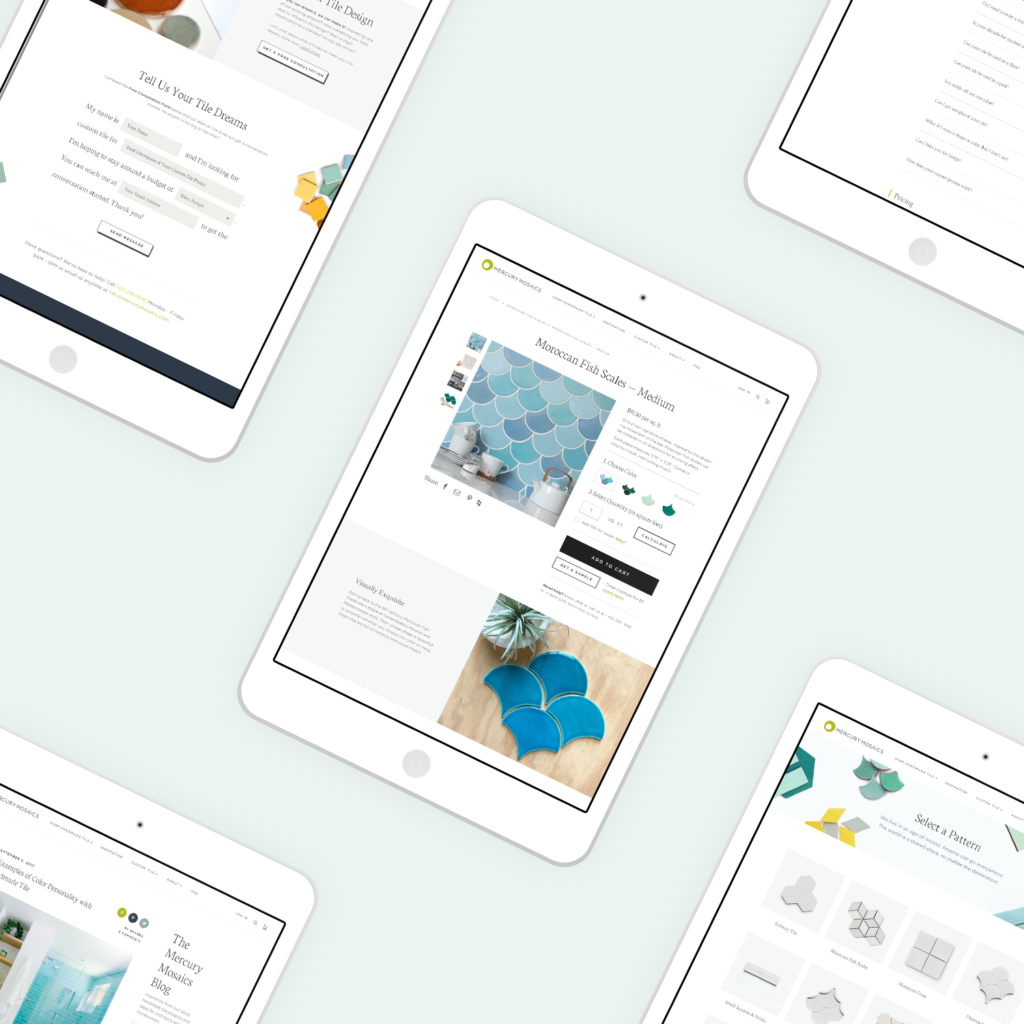
It’s not a bad idea if you can to hire someone to edit your posts, even if it’s just reviewing and looking for typos. If you don’t have the budget to hire a pro editor, which is understandable, you might consider trying to barter with someone for this work. You could exchange read-throughs with another maker, or trade product for editing help.
What should I do next?
Ready to add blogging to your routine? Here’s your action plan.
- Check your site and platform. How can you build in a blog? What steps will you need to take to get a blog on your website? How do you create and publish a new post?
- Think about distribution. What’s your plan to share your posts on social media and via email? How will you use your blog to encourage people to sign up for your newsletter list?
- Brainstorm some topics. The longer the list, the better — let your imagination go wild. You can narrow it down later. The point is to start thinking creatively.
- Make a photography plan. You probably have lots of photos of your products, but do you have process shots? How can you make sure you have enough images to illustrate your posts well?
- Get organized. Know what application you’re going to use to write (Word? Pages? Google Docs?) and where you’re going to keep the files. Same goes for photos and the ideas you brainstormed. Then, create an “editorial calendar” — a document that lists all your posts and when they’ll go live — so you can plan ahead and set yourself deadlines. A spreadsheet is a good place to start for this, or you can build it in any other software you use to help keep your business on track, like Airtable or Asana.
- Start writing. And then do it again. And again. Trust us, it’ll be fun.



